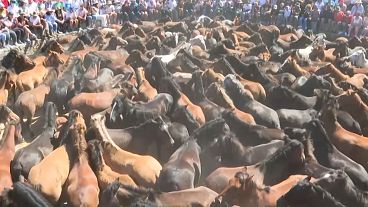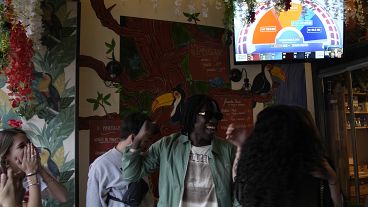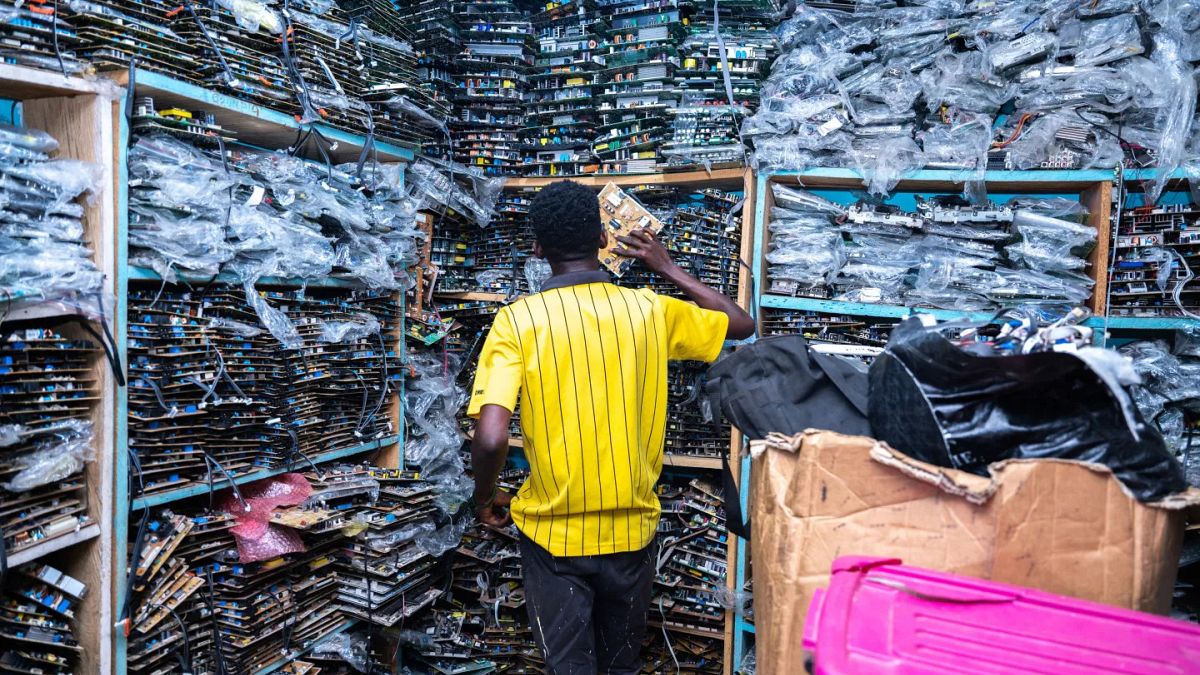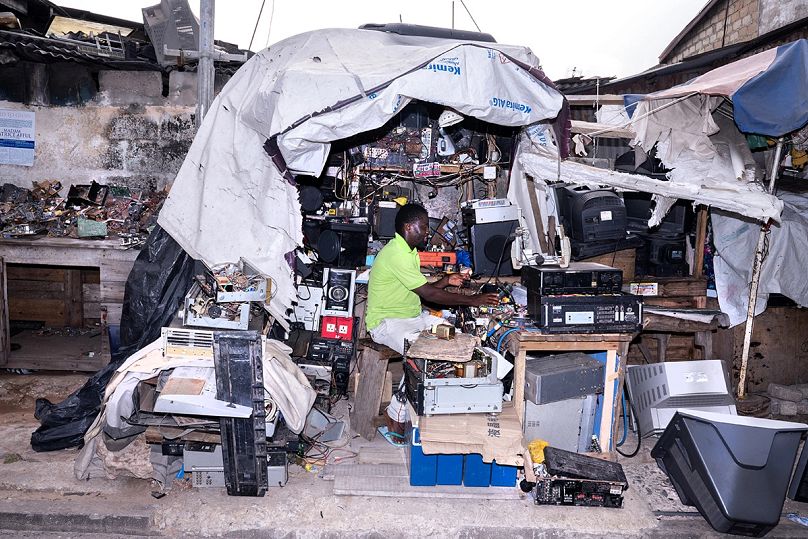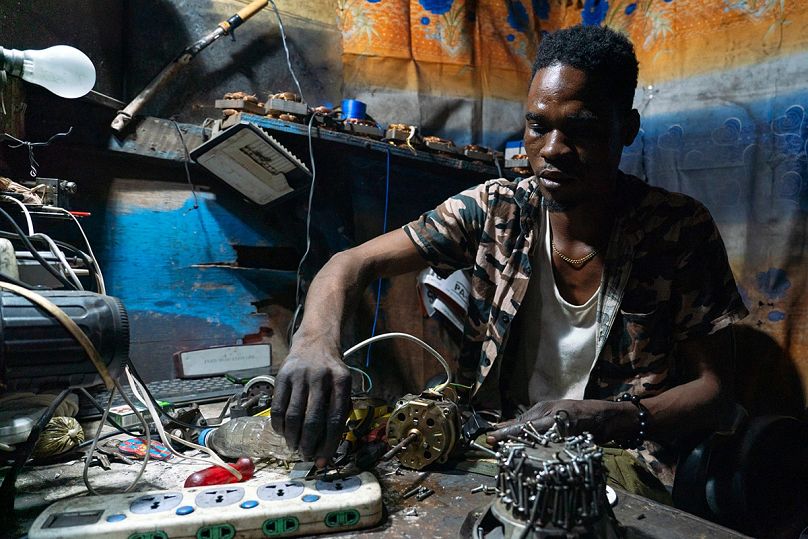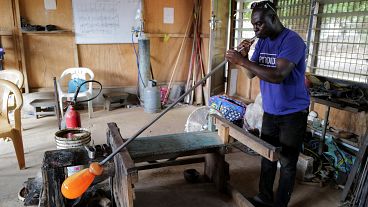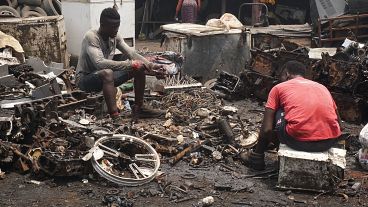The resulting images capture the immensity of the e-waste problem and the vulnerability of Ghanaians caught up in the system.
The 13th edition of the Carmignac Photojournalism Award, which funds the annual production of an investigative photo report on human rights violations, is dedicated to Ghana and the issue of e-waste.
The striking images highlight the ecological and human challenges associated with the transnational flow of electronic waste.
The award was granted to a team made up of investigative anti-corruption journalist and activist Anas Aremeyaw Anas and photojournalists Muntaka Chasant and Bénédicte Kurzen (NOOR).
From February 2023 to February 2024, the laureates carried out a transnational field study between Ghana and Europe with the financial support of the Fondation Carmignac.
The resulting images capture the immensity of the e-waste problem and the vulnerability of Ghanaians caught up in the system.
Ghana’s e-waste problem laid bare in photojournalism project
In 2022, 62 million tons of electrical and electronic waste - discarded battery- or mains-powered products commonly known as e-waste - was generated worldwide, according to a report by the United Nations.
The number of smartphones, connected watches, flat screens, computers and tablets being thrown away continues to rise (82 per cent increase since 2010).
This makes them not only one of the world’s biggest sources of waste, but also the most valuable (containing precious metals like gold, silver and platinum group metals).
According to the study, if this trend continues without sustainable recycling or repair solutions, global electronic waste will reach 82 million metric tons by 2030.
Having long invaded Asia, e-waste from Europe and the United States is arriving in extensive quantities in the ports of West African countries such as Ghana, in violation of international treaties.
A country renowned for its political stability and respect for a multi-party system, Ghana is faced with the proliferation of informal open-air landfill sites even closer to homes, after the dismantling of the Agbogbloshie scrapyard site in July 2021.
It was against this backdrop that the investigation by activist Anas and photojournalists Chasant and Kurzen began, combining photography, video, audio recordings and writing.
Departing from the dramatic imagery often used by the media to portray Ghana as “the dustbin of the world”, they spent a year documenting this ambiguous and complex ecosystem, which is both a crucial economic opportunity for thousands of people in Ghana and has a considerable human and environmental impact.
The team studied the ramifications of e-waste trafficking between Europe and Ghana, revealing the opacity of this globalised cycle.
Kurzen documented the e-waste flows and the communities that activate them, challenging negative stereotypes of exporters and highlighting the inefficiency of European e-waste bureaucracy.
At the other end of the chain in Accra, the capital of Ghana, researcher and documentary photographer Chasant immersed himself in a sociological analysis of this economy on which many communities depend.
He documented the social groups of e-waste workers, revealing a hierarchical organisation and the mechanisms of migration from northeast Ghana.
Anas and the team infiltrated the ports of Accra to reveal the legal and illegal flows of e-waste. Working undercover and using trackers planted in illegal waste, he unmasked the strategies and corruption that enable people to circumvent the law, both in Europe and in Ghana.
Where to see the photojournalism report on Ghana’s e-waste
Manuel Rivera-Ortiz Foundation (MRO)
18 rue de la Calade, 13200 Arles
July 1st to September 29th, 2024
Open Tuesday to Sunday: 11:00 am - 6:00 pm
Free admission with the Rencontres d’Arles Pass – full price €6



